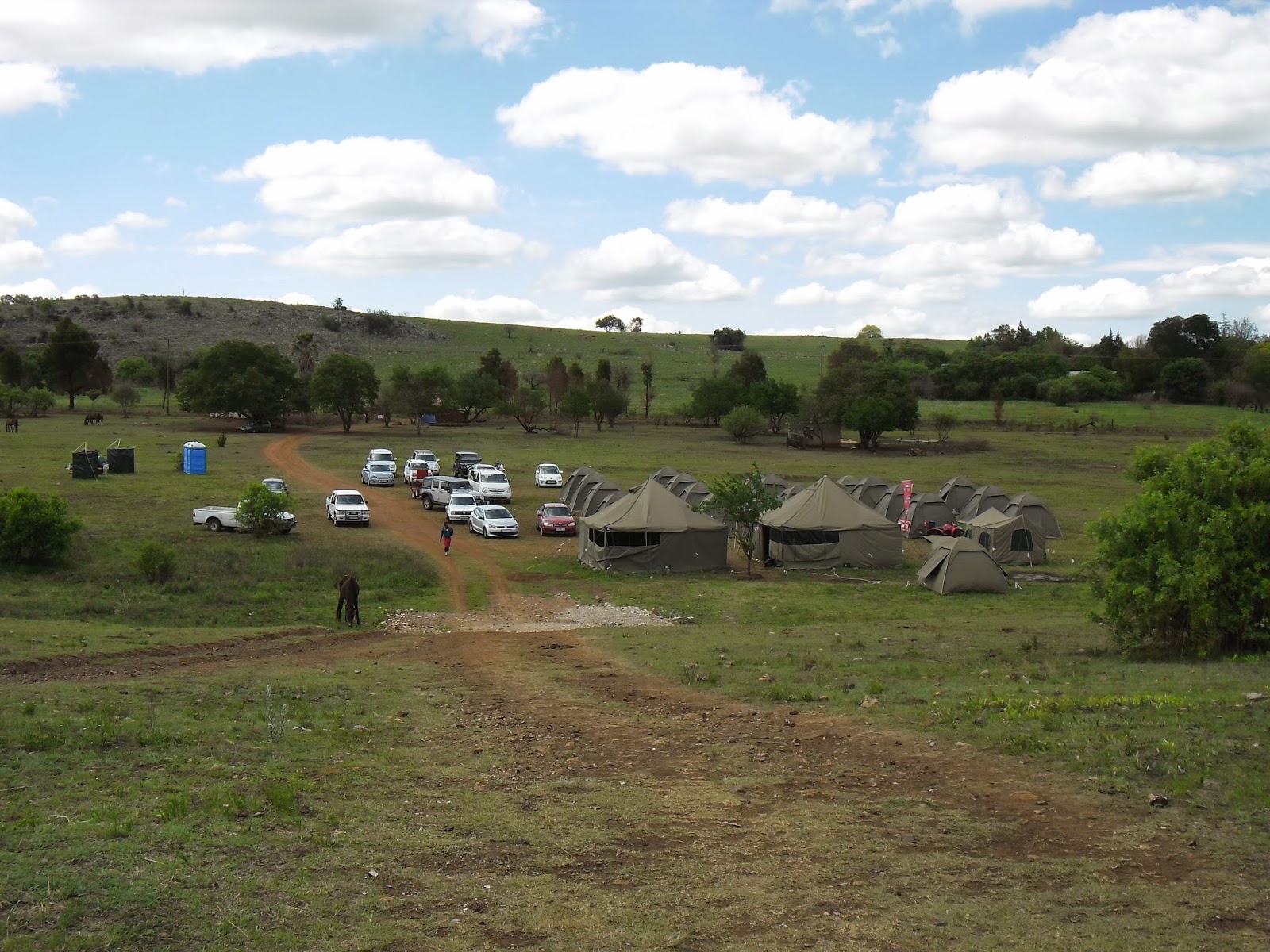 |
| Mike, Aurora and me after graduation! Mike and Aurora are in red robes and silly hats cos they are PhD graduates |
I returned to Joburg for a few days this week in order to attend the graduation event for my Masters degree. Now this is the third (and will not even be the last) graduation I have attended. And part of you kinda thinks do I really need to go through this whole thing again? But I must say it really is worth it. It does feel so good to walk up on stage and get your certificate. The other plus side was that there were many people from my old department, many of my friends that were graduating at the same event, so in the end it was the best graduation that I have ever attended! After the event, everyone including the head of the department went for drinks in the local pub. Tonight Mike is throwing a party to celebrate, a costume party with a 1990's theme. Should be interesting!
In other news, yesterday Aurora and I went to go see the excavations at the new rising star site that has been plastered all over the web and the news. If you have not been following then go to the National Geographic website for more info. To give you give you the short version. Local cavers (spelunkers) were exploring in a cave when they found what they thought were bones. They showed pictures of the remains to a local palaeontologist who recognised their potential importance. Thus Rising Star was born.
 |
| Looking through excavated sediments for small bones |
Arriving in an empty field where a couple of ponies are grazing you will find a surprising security contingent and a tented emcampment. You may even find a couple archaeologists sitting in the shade having a lunchtime beer and talking.
 |
| Rising Star Camp |
Take a wander up the hill, past outcrops of dolomitic rocks and you will find the command center (a larger tent) sitting next to the entrance to the cave. In there you will find banks of computers showing live camera feeds from inside the cave and others showing digital scanns and projections of the underground site. And most importantly, you will find presiding over his dominion, the modern "Indiana Jones" of archaeology Prof L.R. Berger!
 |
| The command center and the cave entrance |
You have to hand it to him, there is a man that knows how to publicise palaeoanthropology and archaeology, how to bring them to the people. You may not like his methods, but you have to admire his style!
 |
| The entrance to the cave |
In the science tent we were introduced to the 600+ remains recovered from the site so far. Of particular interest is the fact that with the exception of a couple of owl bones and some small rodent incisors all 600 remains are from hominids. As to which hominid, it is unclear at this stage.
 |
| I dont envy these guys, it was sweltering inside the tent! |
 |
| Safes bulging with fossils! How cool? |
Many different individuals are represented by the bones, ranging from old to young. The recovery of a 'population' together on one site, is both almost unheard of and extremely exciting. It can fundamentally affect our understanding of the species represented by the deposit.
 |
| Some postcranial remains. There is much dentition and even parts of the cranium have been discovered! |
One of the biggest difficulties facing the site is dating. And it is currently impossible to even estimate the date of the site.
It was good fun to go see this exciting new development in palaeonanthropology and I look forward to the results of the work with interest.
Anyway we will return to normal programming shortly...
























